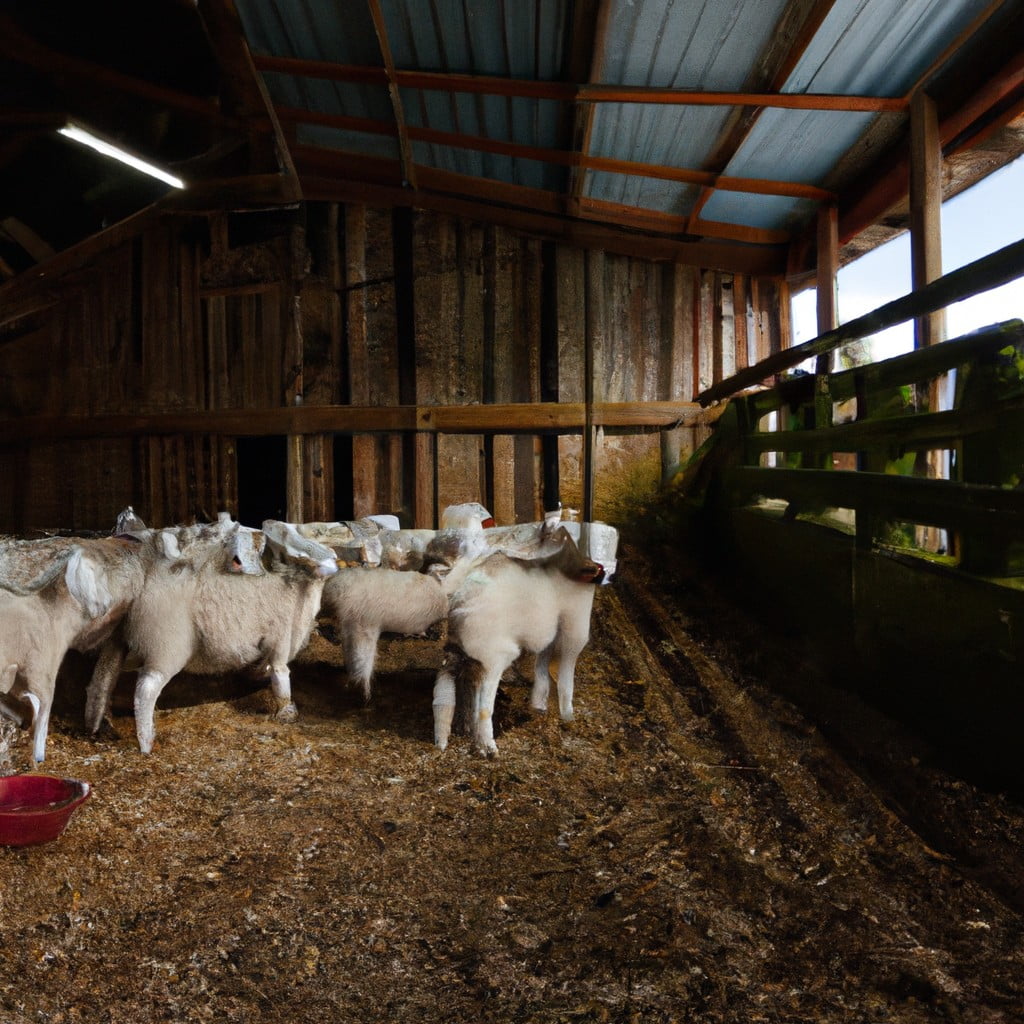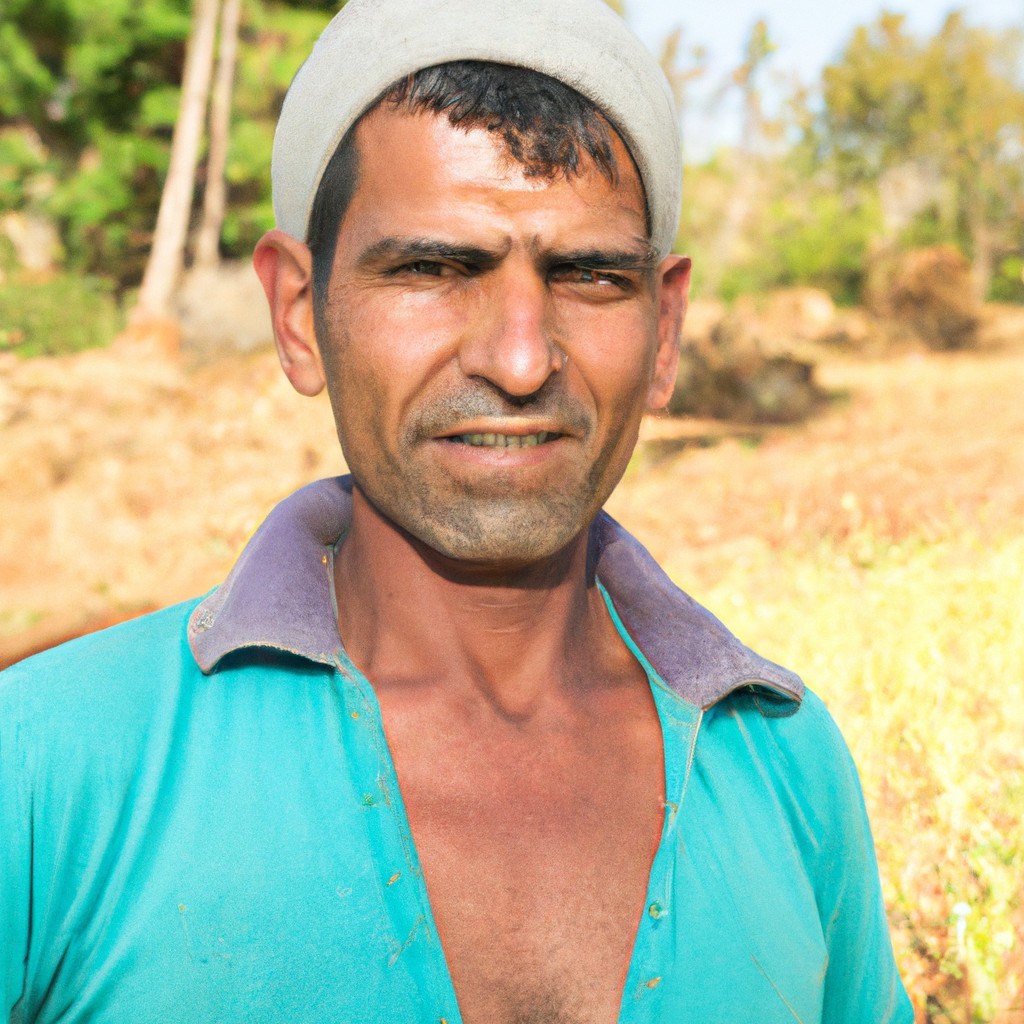Regenerative sheep farming is a sustainable agricultural practice that rejuvenates the soil, enhances biodiversity and mitigates climate change.
Regenerative sheep farming is a holistic approach that aims to restore degraded pasturelands, enhance biodiversity, and increase the productivity of sheep herds. This sustainable farming practice not only benefits the environment, but also contributes to the financial viability of the farm.
In this article, we will delve into the principles and techniques of regenerative sheep farming, covering everything from rotational grazing to soil health, and how these strategies can lead to increased wool and meat production.
With this comprehensive guide, you’ll gain insights into transforming your farming practice into a more sustainable, profitable, and environmentally friendly venture.
Key takeaways:
- Regenerative sheep farming restores soil health and enhances biodiversity.
- Key practices include rotational grazing, diverse crop rotations, and composting.
- Sheep farming improves soil fertility, sequesters carbon, and prevents soil erosion.
- Sheep farming promotes biodiversity and provides habitats for various species.
- Techniques for successful regenerative sheep farming include mob grazing and optimal forage mixtures.
Look Inside:
Understanding the Concept of Regenerative Agriculture

Regenerative agriculture is a holistic farming approach focusing on the restoration and enhancement of soil health. Unlike traditional agricultural practices, this approach aims to go beyond sustainable farming. It’s a concept that combines science and nature, resulting in a farming system that works with the environment instead of against it.
This method revolves around several key practices:
- Enhancing soil fertility: This is achieved by limiting disruptive activities like tilling and using cover crops to prevent soil erosion and boost soil nutrients.
- Utilizing diverse crop rotations and livestock: Different crops and livestock have unique roles in the ecosystem, contributing to pest management and nutrient cycling.
- Adding compost and organic matter back into the soil: This increases the soil’s ability to retain water and store carbon, leading to more robust crop growth.
- Practicing managed grazing: This includes moving grazing livestock regularly to prevent overgrazing and allow pastures ample time to recover, which improves pasture quality and biodiversity, and sequesters carbon.
Understanding these integral components of regenerative agriculture, it’s clear the approach is designed to enhance ecosystem resilience while producing nutrient-rich, diverse crops and livestock – laying a solid foundation for the application of regenerative practices to sheep farming in particular.
The Impact of Regenerative Sheep Farming On Soil Health
Regenerative farming involving sheep can breathe new life into soil, which is crucial for sustaining life on our planet. Grazing sheep, unlike some farming practices, actually improves soil health in various ways.
Firstly, sheep’s diet is primarily grass, which promotes the growth of perennial plants that puts carbon back into the soil through photosynthesis. These plants also have deep rooting systems that improve water infiltration and storage, reducing the risk of drought and flooding.
Secondly, as sheep move around and graze, they naturally till the soil with their hooves. This action stimulates the growth of beneficial micro-organisms, leading to a more nutrient-rich soil.
In addition, sheep droppings act as high-quality natural fertilizer. The manure is packed with organic matter and nutrients, which are then returned to the soil, helping to restore depleted nutrients and promote soil fertility.
To leverage this, farmers rotate grazing areas frequently, in a practice known as rotational or managed grazing. This spreads the natural fertilization evenly and prevents overgrazing, which could lead to soil erosion and degradation.
Moreover, regenerative sheep farming is known to sequester carbon, helping to combat climate change. By promoting the growth of grasslands, it essentially creates a carbon sink, drawing down carbon from the atmosphere into the soil.
It’s clear that regenerative sheep farming offers a proactive way to maintain and improve soil health. This farming practice not only benefits farmers but also provides environmental benefits that reach far beyond the paddock.
The Effects of Regenerative Sheep Farming On Biodiversity
Maintaining a rich variety of living organisms in farming areas is integral for healthy ecosystems. Regenerative sheep farming plays an important role in enhancing biodiversity, in multiple ways.
Sheep’s fodder preferences can stimulate vegetation diversity. Having an array of plants, grasses, herbs, and leguminous species, offers a balanced diet to the herd. The diverse vegetation also scaffolds different habitats for a multitude of organisms.
Frequent moving of a sheep herd avoids overgrazing. An effectively managed rotation grazing system allows vegetation and soil biota to recover, fostering a productive environment for a range of species.
Sheep droppings are a direct contribution to an increased insect population, providing food for other creatures in the ecosystem like birds and small mammals.
A decrease in need for chemicals signifies a safer environment for insects and birds. This regenerative farming practice reduces risks from exposure to harmful substances, allowing such populations to thrive.
To augment this impact, one can intentionally introduce more flowering plants into sheep pastures to attract pollinators, create ponds or wet areas to provide water sources and habitats for a variety of animals, or keep patches of old trees and bushes for the nesting of birds. These direct actions capitalize on the regenerative nature of sheep farming to further enhance biodiversity.
Practical Techniques for Successful Regenerative Sheep Farming
Regenerative sheep farming is all about employing techniques that are beneficial to the farm, the farmer and the environment. There are several key practices that can be put into effect to reach the ultimate goal of soil restoration, biodiversity increment, and profitability enhancement.
Mob grazing, or high-intensity, low-frequency grazing, is a vital element. This technique involves moving sheep regularly between small paddocks to mimic natural grazing behaviour. The short, intense grazing periods improve soil structure and fertility as the sheep’s manure acts as a natural fertilizer.
Utilizing optimal forage mixtures is another technique. Sheep prefer a diverse diet and feeding them a mix of forages, including grasses, legumes, and herbs delivers nutritional benefits and enriches the soil. The aim is to incorporate species of different rooting depths to enhance soil structure and access nutrients from different soil layers.
Managing parasites naturally instead of relying on chemical dewormers plays a crucial role. Encouraging the sheep to graze on high tannin forage crops, like Birdsfoot trefoil and Sericea lespedeza, can reduce the need for these chemicals.
Lastly, incorporating other livestock species into the system could be advantageous. For instance, following the sheep with poultry can interrupt sheep parasite life cycles, reducing disease pressure and enhancing flock health.
Adopting these strategies can help develop a more resilient farm system that withstands climate turbulence, promotes biodiversity, and generates a healthy profit.
Financial Advantage: The Net Present Value of Regenerative Sheep Farming
In order to gauge the financial returns of regenerative sheep farming, we’ll apply the approach of Net Present Value (NPV). The NPV calculation integrates both costs and revenue across a set time, factoring in future cash flows discounted to present value. Here’s what this analysis looks like in the context of regenerative sheep farming:
Initial Investments: These encompass the establishment costs such as purchasing sheep, setting up rotational grazing infrastructure like fencing, water access, and potentially new pasture species.
Operational Expenses: This category includes recurring costs like feeds, veterinary care, labor, and maintenance of the grazing setup.
Revenue Streams: The primary income will be from the sheep products – whether it’s wool, meat, or dairy products. But an important advantage of regenerative farming is that it can lead to additional revenue streams like carbon credits and biodiversity offsets which are becoming increasingly profitable.
Non-Tangible Benefits: These benefits certainly hold overarching value but can be difficult to quantify monetarily. Yet, soil health improvements, biodiversity enhancement, and resilience against droughts and floods are key factors.
Discounting and Time Frame: The NPV calculation also factors in the time value of money. This means year-to-year costs and revenues are discounted to take into account potential risks and opportunity costs. Over time, as the land improves, operating costs decrease and productivity increases, with the farms becoming more economically efficient.
By taking these factors into account, farmers equipped with a more comprehensive understanding of the financial proposition of regenerative sheep farming can make more informed financial decisions.
Case Studies: Real Life Examples of Regenerative Sheep Farming
Several farmers worldwide have already harnessed the potential of regenerative sheep farming with remarkable success.
Elderslie Farm in Kansas, USA, for example, has been utilizing rotational grazing methods which mimics natural herd movements. This approach allows the land to rest and recover, enhancing soil health, and promoting the growth of diverse plant species.
In New Zealand, the Allambee South farm employs holistic planned grazing. The strategy allows sheep to graze intensely on a piece of land before moving on, mirroring predator-prey interaction in the wild. This technique has led to increased ground cover and biodiversity, decreased erosion, and a boost in livestock productivity.
In Australia, the Mulloon Institute provides evidence of landscape-scale regenerative agriculture. Implementing regenerative practices over a decade, they have achieved a 60% increase in farm productivity and profitability, while also improving the water cycle and carbon capture.
These examples illustrate that successful regenerative sheep farming is achievable and offer inspiration and practical methods. Farmers interested in shifting towards this sustainable approach can begin by examining successful techniques used by these farms, educating themselves about regenerative methods, and seeking guidance from agricultural advisors or regenerative farming programs.
The Role of Sheep in Regenerative Agriculture
Sheep play an essential role in regenerative agriculture through a variety of ways, each contributing to a more sustainable and environmentally friendly farming system.
Sheep, being natural grazers, help in controlling weeds, negating the need for chemical herbicides that can harm the biodiversity of the area. They are known for their indiscriminate eating habits, processing a great number of diverse plants and leaving fields evenly grazed.
A noteworthy aspect often overlooked is their contribution to soil health. As the sheep graze and trample over the land, they naturally fertilize the soil with their waste. Their hooves push the waste into the ground, aiding in the decomposition process, enhancing the soil’s biological activity, and increasing its nutrient content.
In addition, the natural behavior of sheep to forage and move across pastures facilitates a form of rotational grazing. This helps prevent overgrazing, allowing areas of the pasture to recover and regenerate, thus promoting plant diversity and healthier soils.
Finally, sheep are helpful in managing pests. Encouraging sheep to graze in orchards or vineyards, for instance, and co-existing with other livestock, can reduce pests and diseases interaction opportunities, introducing a natural method of pest control in an eco-friendly manner.
The importance of integrating sheep into regenerative farming systems cannot be overstated. Not only do they promote soil health, biodiversity, and pest control, but they also help reduce reliance on harmful chemicals, creating a more sustainable agricultural ecosystem overall.
FAQ
How profitable is sheep farming?
Sheep farming, given the average gross income per ewe of $106.98 and factoring in variable costs ranging from $74.45 to $77.03 as well as fixed costs averaging $12.77, can demonstrate profitability depending on scale and cost management.
What animals are best for regenerative agriculture?
The best animals for regenerative agriculture are sheep, goats, llamas, meat chickens, egg chickens, and turkeys as they each play a unique role in regenerating the landscape.
How much does regenerative farm cost?
Implementing regenerative agricultural practices costs approximately US $355.05 per hectare with an estimated net profit of US $530.39 per hectare per year.
What are key principles of regenerative sheep farming?
Regenerative sheep farming primarily involves principles such as rotational grazing to restore soil health, integration of crops and livestock, enhancing biodiversity, and focusing on animal welfare.
How does regenerative sheep farming contribute to a sustainable ecosystem?
Regenerative sheep farming contributes to a sustainable ecosystem by enhancing soil health, promoting biodiversity, reducing carbon emissions, and preserving water resources through rotational grazing practices.
What are the primary challenges facing regenerative agriculture, specifically in terms of sheep farming?
The primary challenges facing regenerative agriculture in sheep farming include managing soil health, controlling parasitic infections, handling labor demands, coping with climate change intensity, and gaining market access for their sustainably-raised products.




